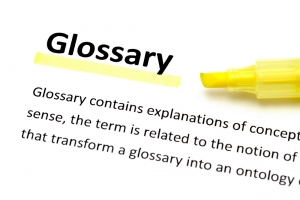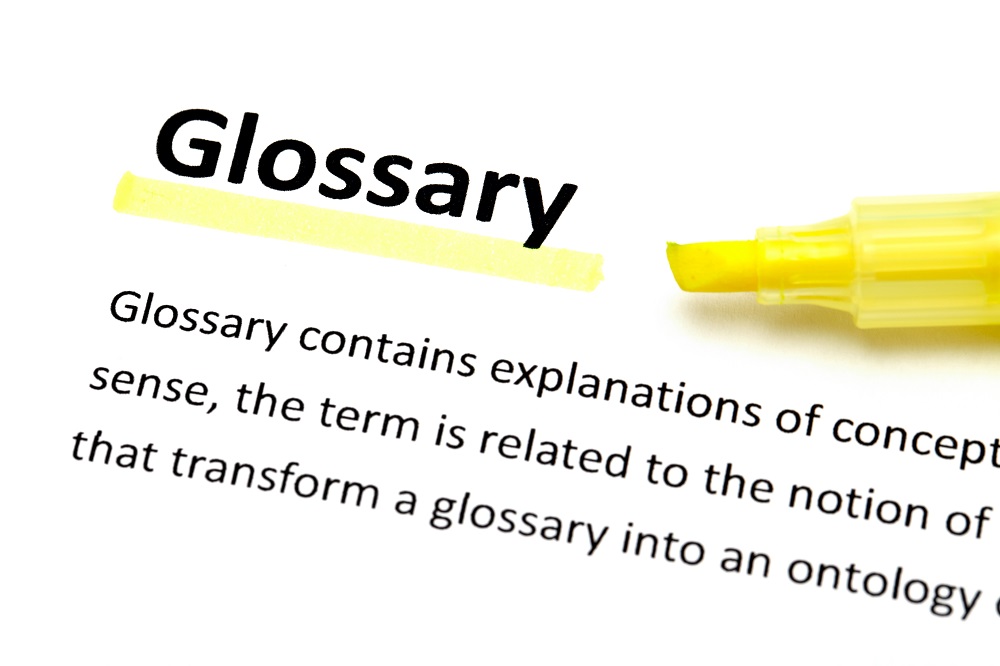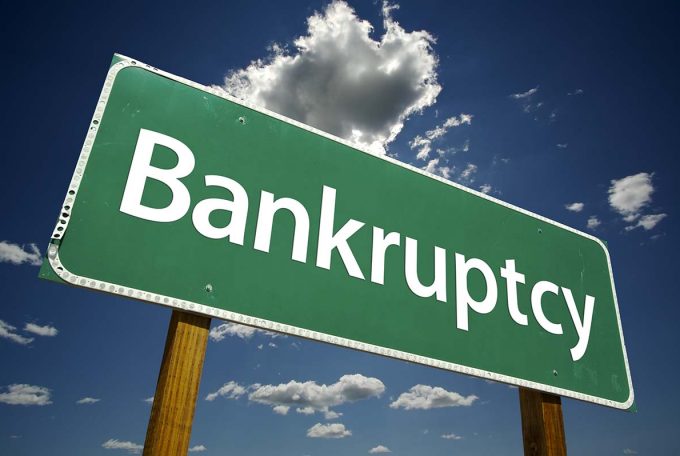Glossary of Bankruptcy Terms
 Getting started with a bankruptcy can be confusing – there are documents to fill out, numerous people to communicate with and important decisions to make. In order to make these decisions, you need to understand exactly what’s happening.
Getting started with a bankruptcy can be confusing – there are documents to fill out, numerous people to communicate with and important decisions to make. In order to make these decisions, you need to understand exactly what’s happening.
Bankruptcy terminology is far from complicated but there are several key terms you will have to understand. The following glossary will acquaint you with some of the essentials.
Bankruptcy
In Arizona legal terms, a bankruptcy is a legal procedure used for solving intractable debt complications.
Put in simple terms, a bankruptcy is a legal procedure for dealing with individual or company debt problems. It’s a common solution for insolvency and there are several possible filing options. For individuals, these most typically include a Chapter 7 and a Chapter 13 bankruptcy filing.
Automatic Stay
When you do a bankruptcy filing, the automatic stay comes into immediate effect.
Automatic stay refers to the suspension of debt collection or foreclosure efforts.
Once you do a bankruptcy filing, your creditors are no longer entitled to attempt collecting debt from you. Rather, these amounts will be addressed via the bankruptcy proceedings.
The automatic stay becomes effective as soon as the bankruptcy filing is completed. Creditors cannot seize assets or initiate foreclosure proceedings/wage garnishments after the automatic stay comes into effect.
Chapter 7 Bankruptcy
One of the bankruptcy filing options available to individuals. Chapter 7 is a liquidation bankruptcy. This means that non-exempt assets will be liquidated for the purpose of paying off debt.
Chapter 13 Bankruptcy
A reorganization type of bankruptcy in which assets are not going to be liquidated for the purpose of paying off debt. Rather, you will be given a payment plan that’s based on your disposable income. You will have to make the payments for a period ranging between three and five years before remaining debt gets discharged.
Discharge
The bankruptcy discharge is the complete financial relief from responsibility for your debt.
The discharge usually occurs after a Chapter 7 filing and in the end of a Chapter 13 payment plan. Once the discharge becomes effective, creditors have to report the debt as satisfied to credit bureaus.
Exempt Property
As already mentioned, certain properties and assets will be liquidated in a Chapter 7 bankruptcy to pay off debt and get a discharge. In Arizona, however, certain types of property are exempt and they cannot be liquidated.
Exempt property is protected by either state or federal law. It could be real estate, savings, retirement money, investment accounts, collections, etc. Exempt property requirements and conditions vary from state to state.
Liquidation
The sale of a debtor’s property or assets for the purpose of paying off debt is known as liquidation.
Secured Debt
This is the type of debt that is secured by a collateral. Mortgages are classified as secured debts. Medical debt is unsecured since there’s no collateral.
In a Chapter 7 bankruptcy, your personal liability to pay off secured debt is discharged. The creditor, however, has the right to take back the property or asset acting as collateral.
Bankruptcy Trustee
The bankruptcy trustee is a legal professional who works under the general supervision of the court to carry out a Chapter 7 liquidation or to determine the terms and conditions of a Chapter 13 payment plan. In addition, the trustee is responsible for overseeing the entire process, reporting and introducing adjustments when necessary.
341 Meeting
Also known as a meeting of creditors, the 341 meeting is a mandatory session between the creditor and the debtors. The bankruptcy trustee is present and responsible for questioning the debtor under legal oath. While creditors could also ask questions, they will often refrain from showing up to the 341 meeting.
Click here to find out what happens to a bank account during bankruptcy.



